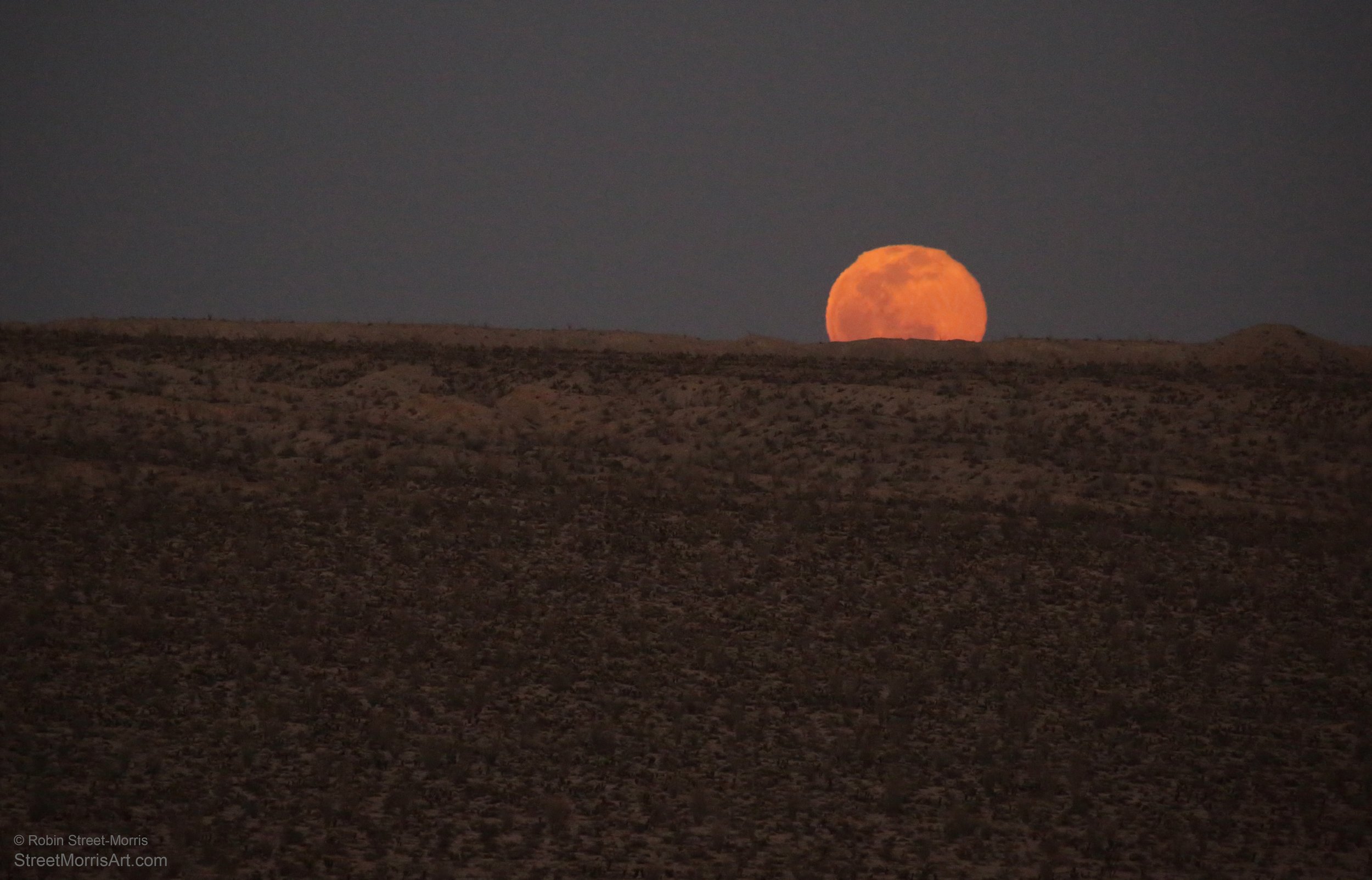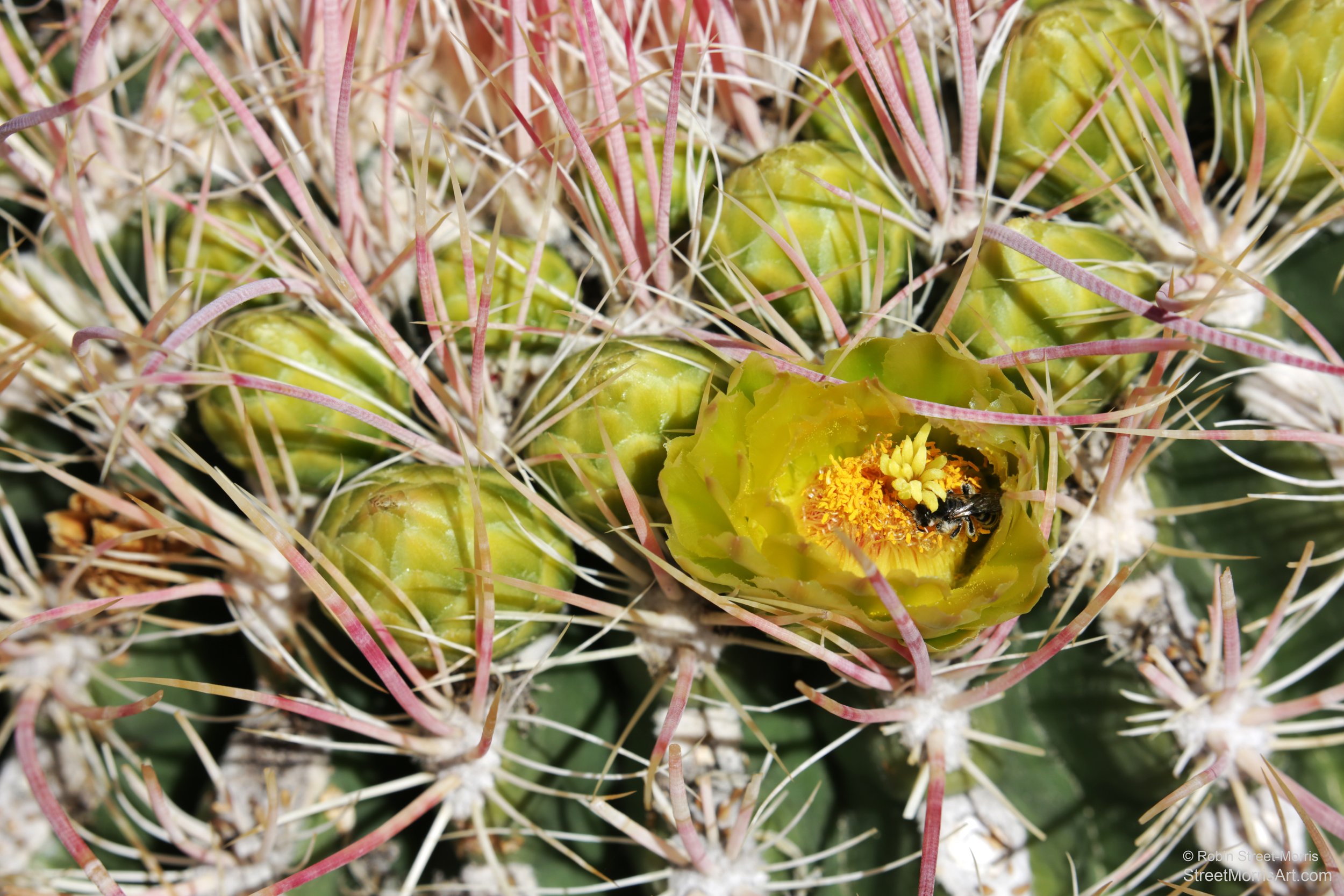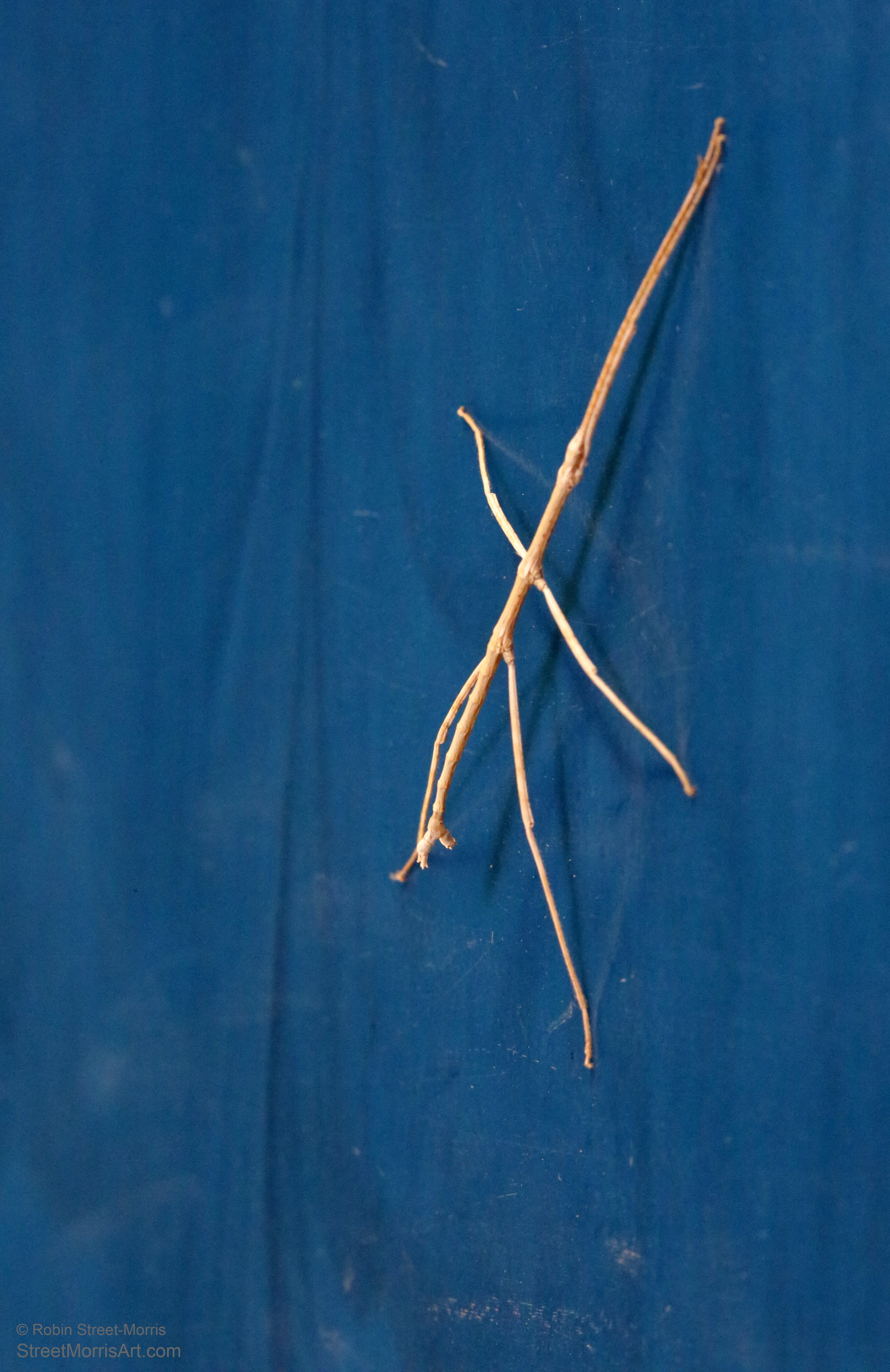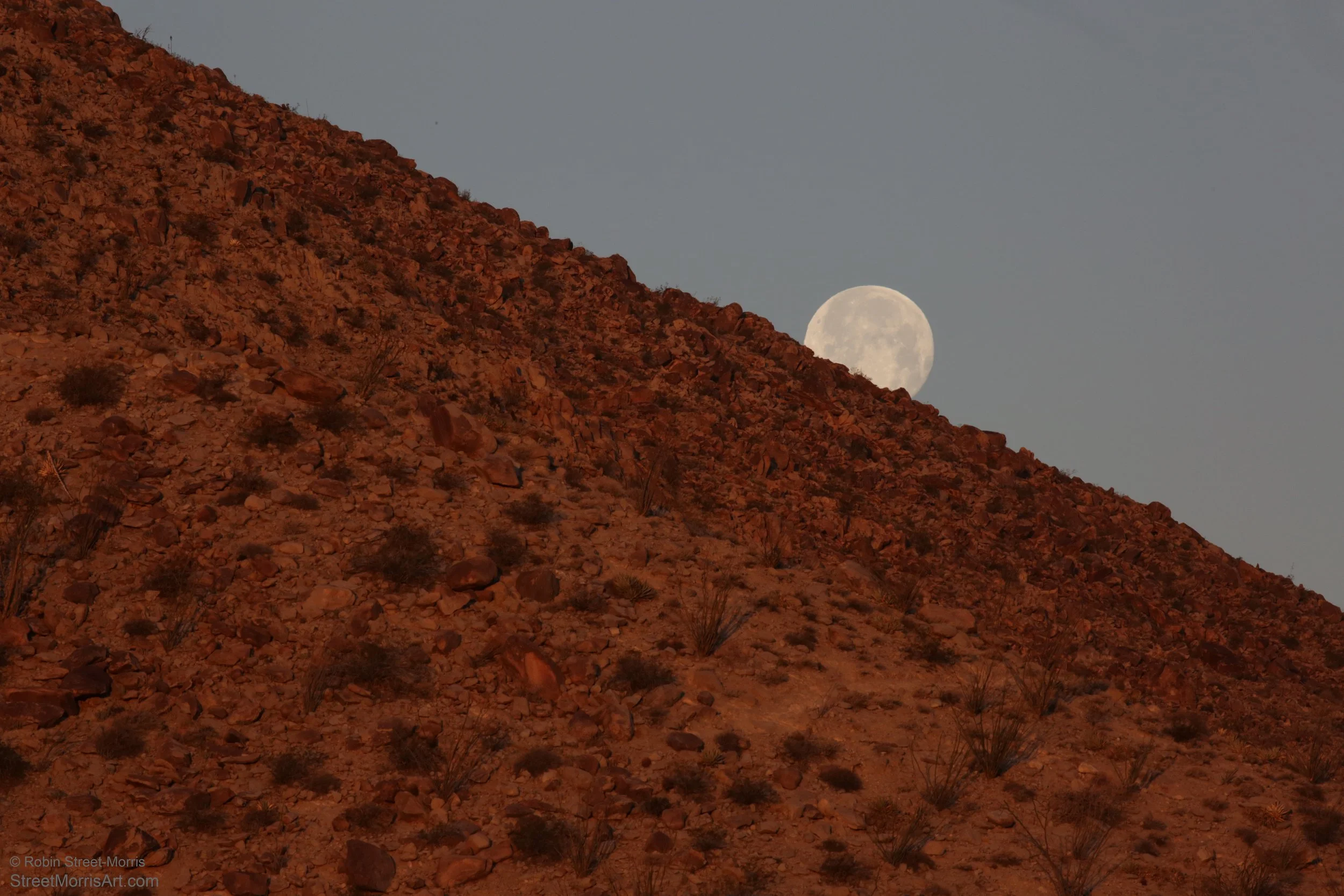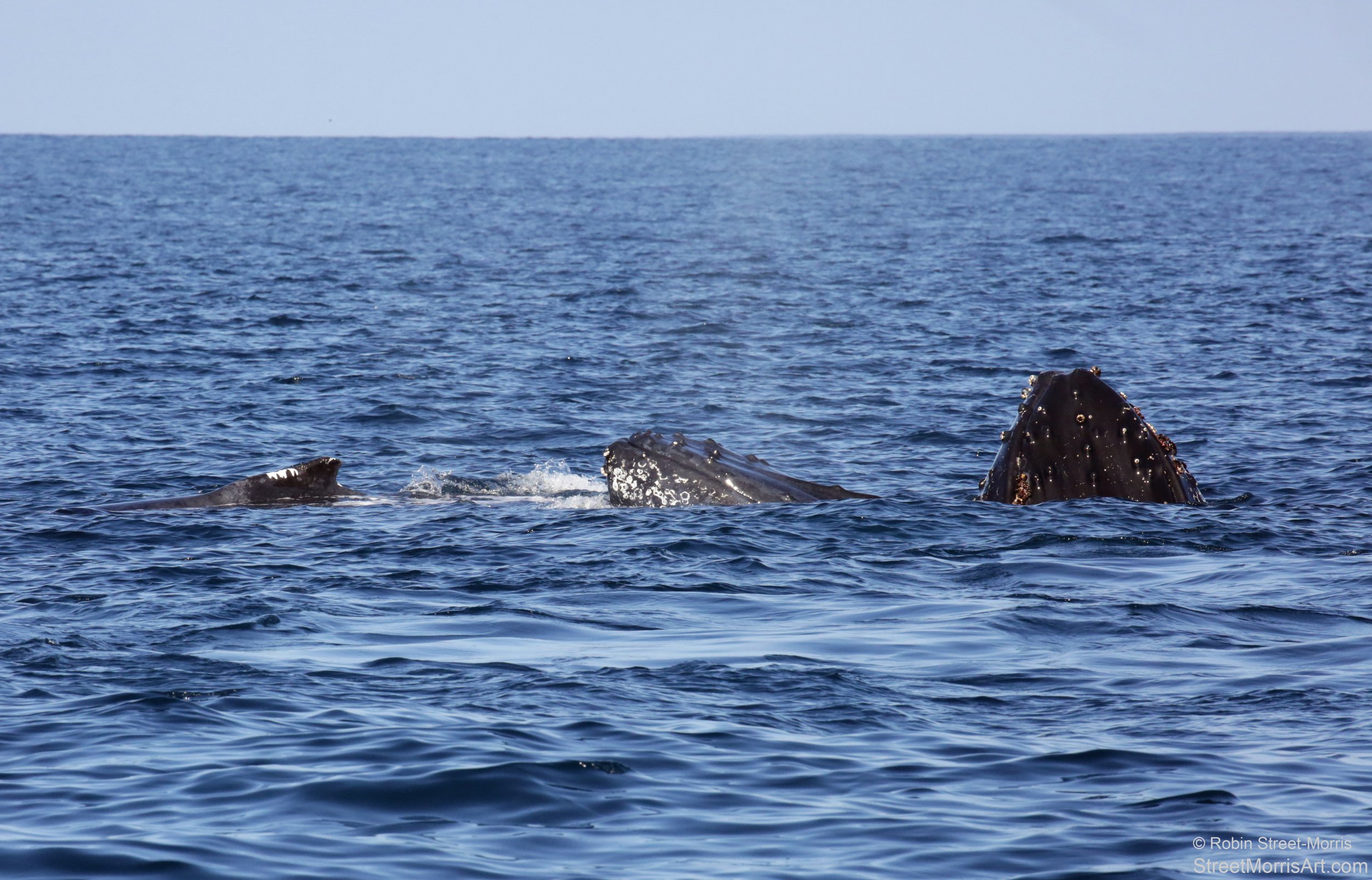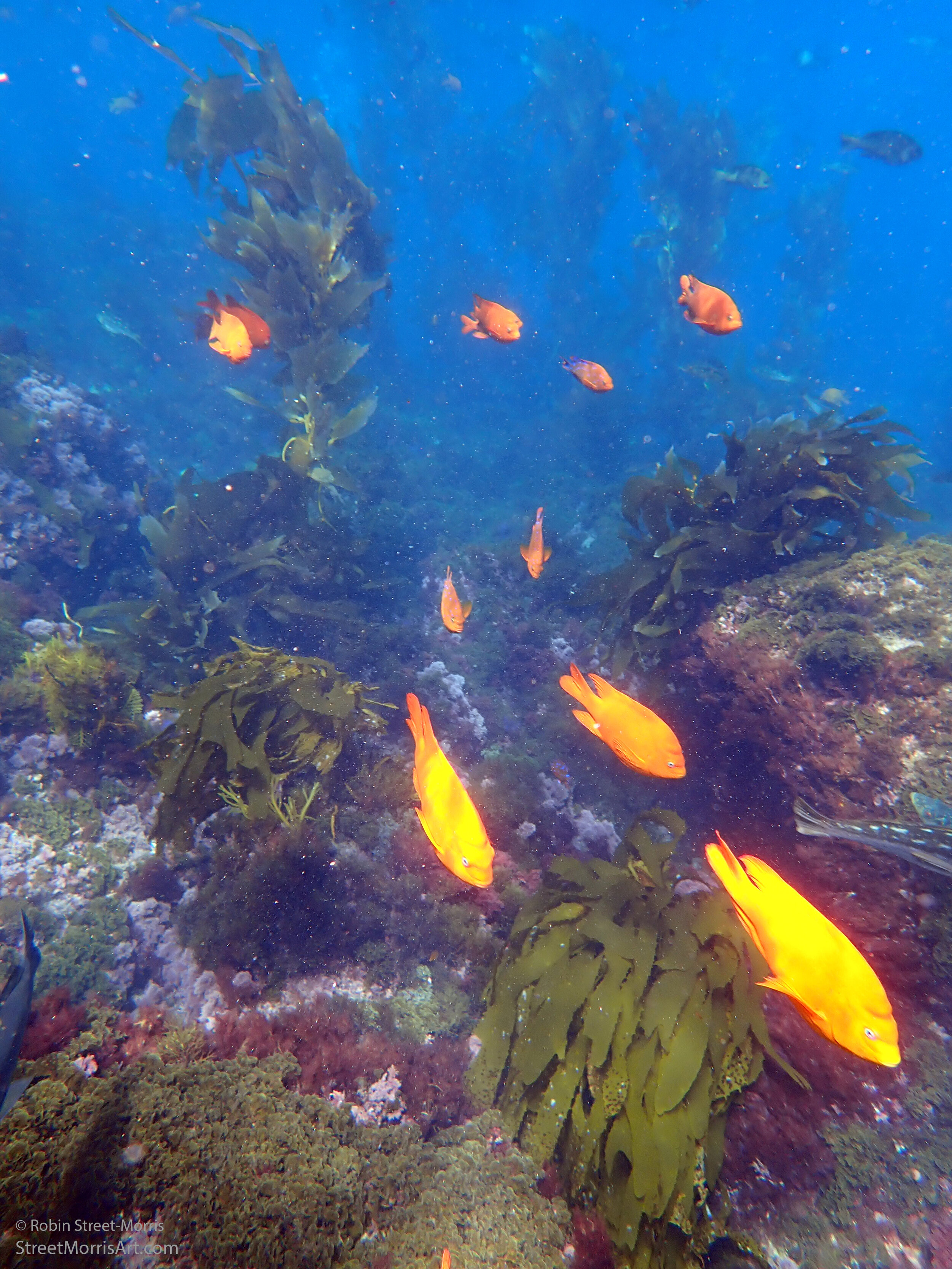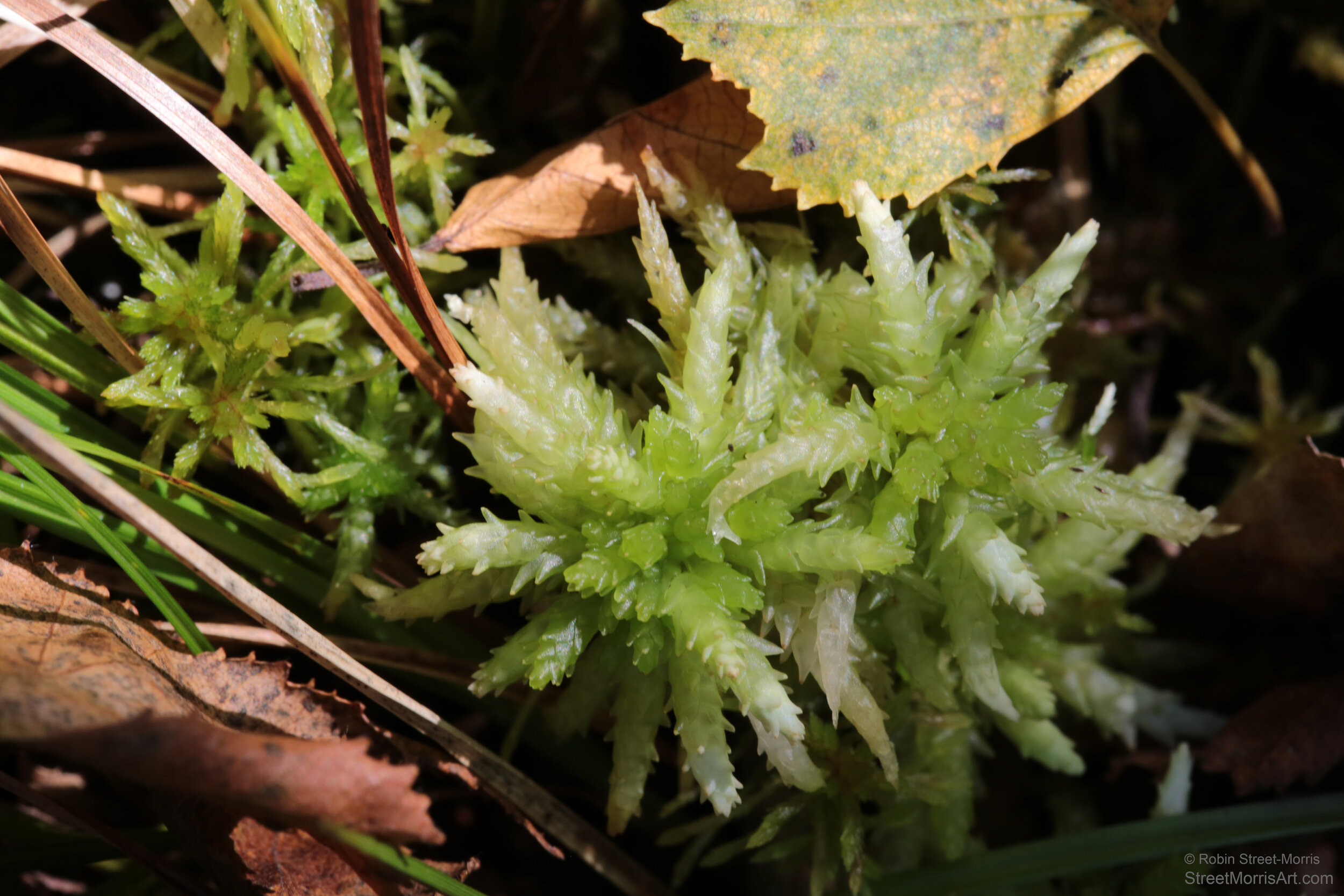My mixed media painting titled Oasis was selected by a panel of four jurors for inclusion in NightVisions 2022 at the Coconino Center for the Arts in Flagstaff, Arizona. The exhibition is being produced by Creative Flagstaff in collaboration with Flagstaff Dark Skies Coalition. The exhibition dates are May 21st – August 27th, 2022. The opening reception is Saturday, May 21st with a members and special guests preview from 5-6 pm. There will be a keynote lecture at 6 pm by astronomer David Levy who co-discovered Comet Shoemaker–Levy 9 in 1993. The public reception is from 6-8 pm.
My inspiration for this piece was spending a late evening looking up outside our tiny cabin at Twentynine Palms Inn near Joshua Tree National Park. We’d just gotten to see Saturn’s rings through a volunteer’s telescope at Sky’s the Limit Observatory and Nature Center.
The above is a companion piece to Oasis that I didn’t submit to the call for entry. I’m not intent on selling the original due to its sentimental value, but prints are available if you tap on the art.




